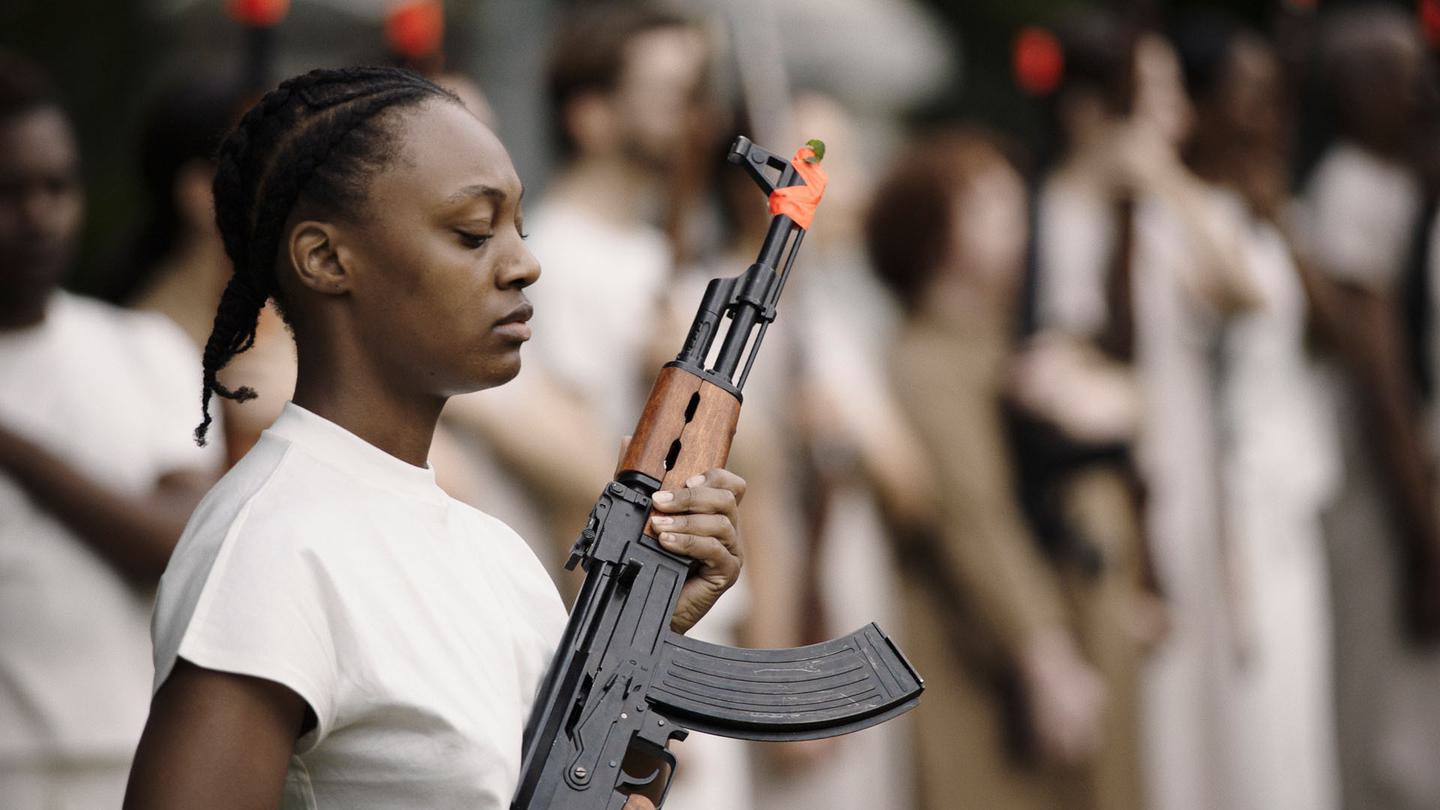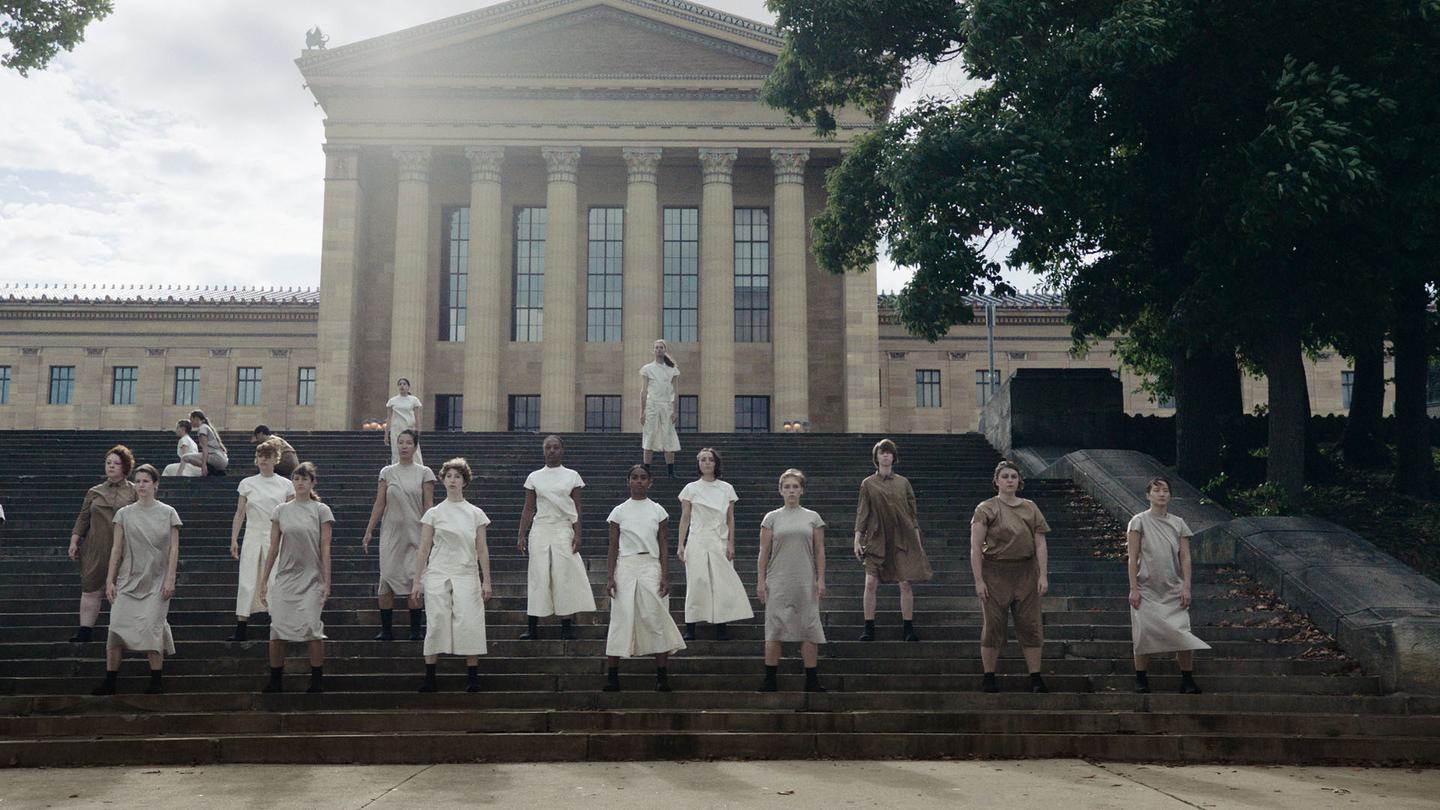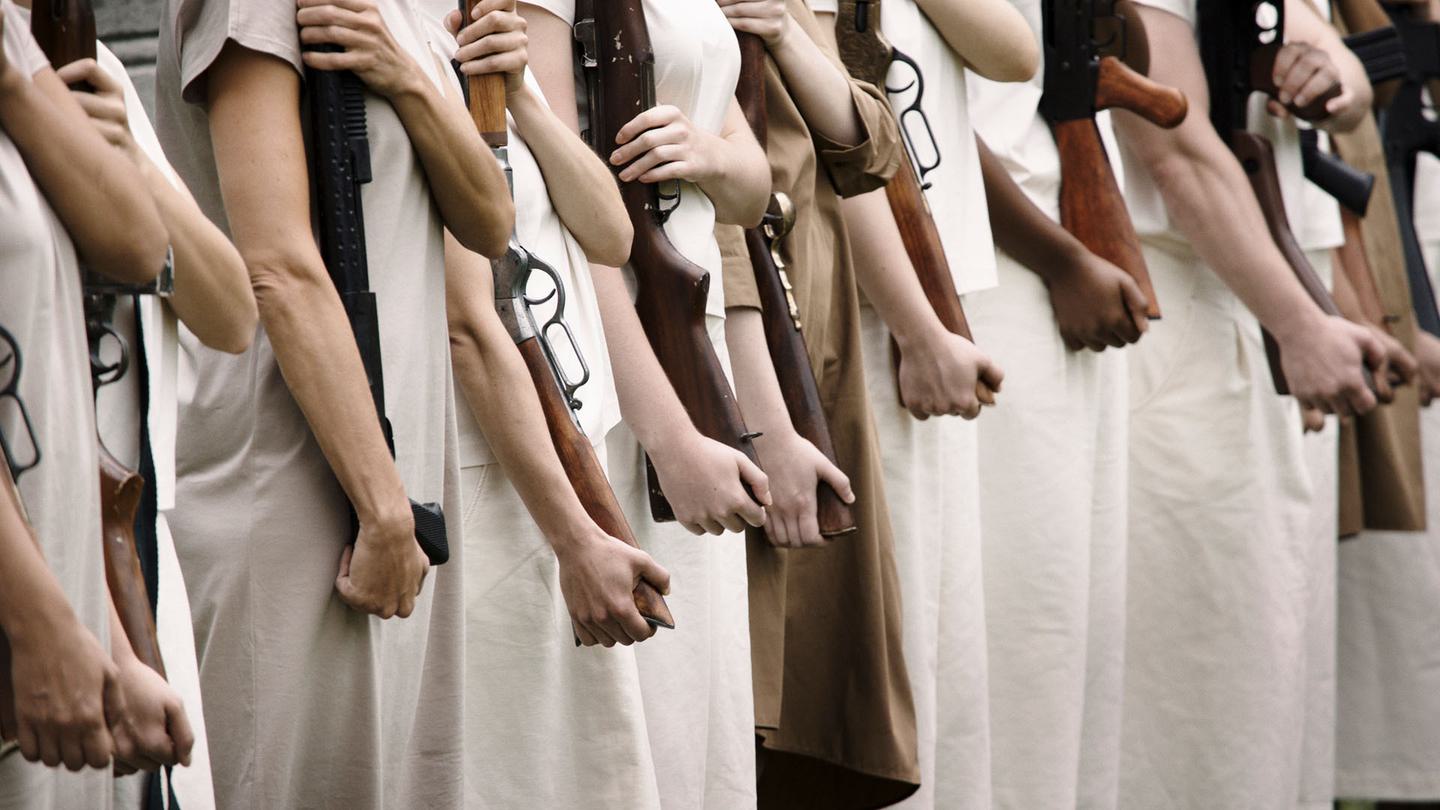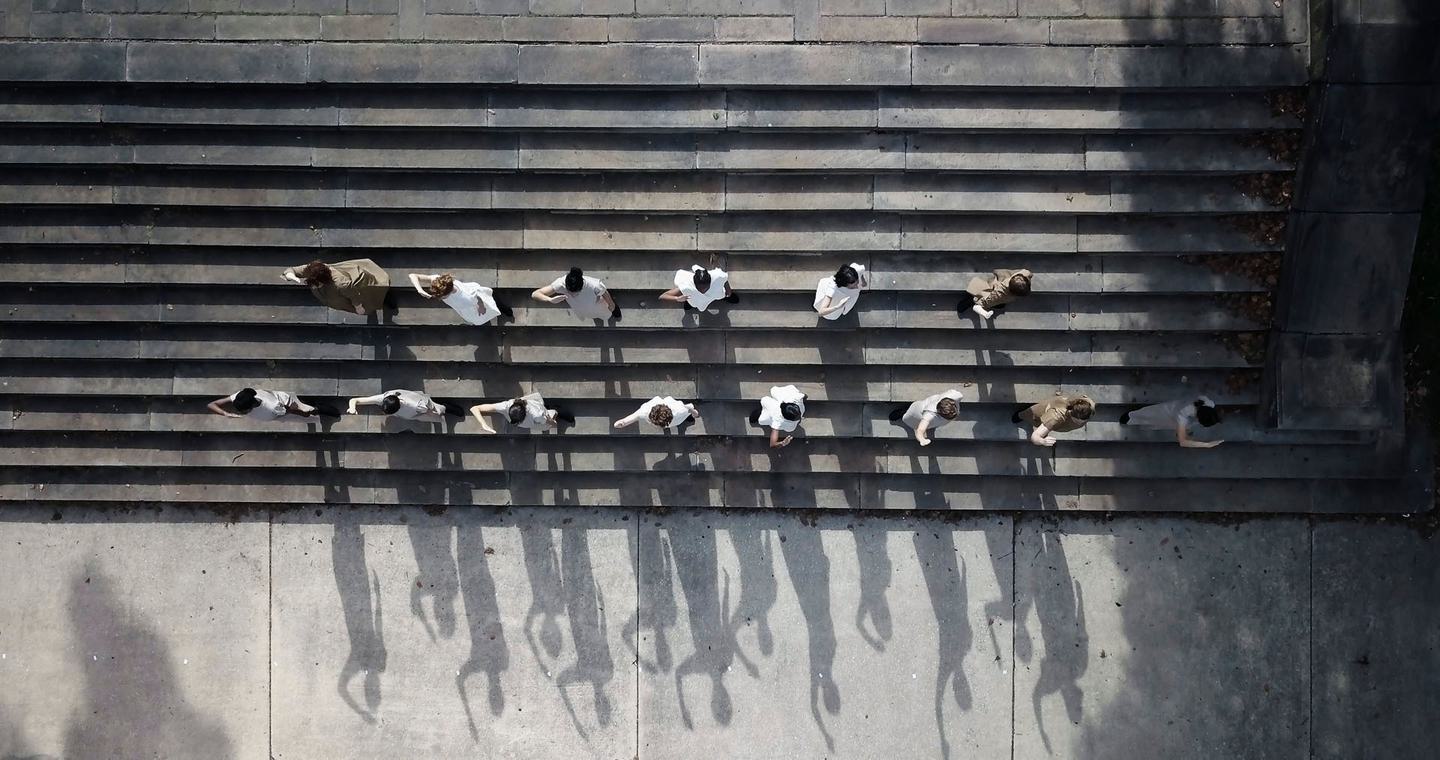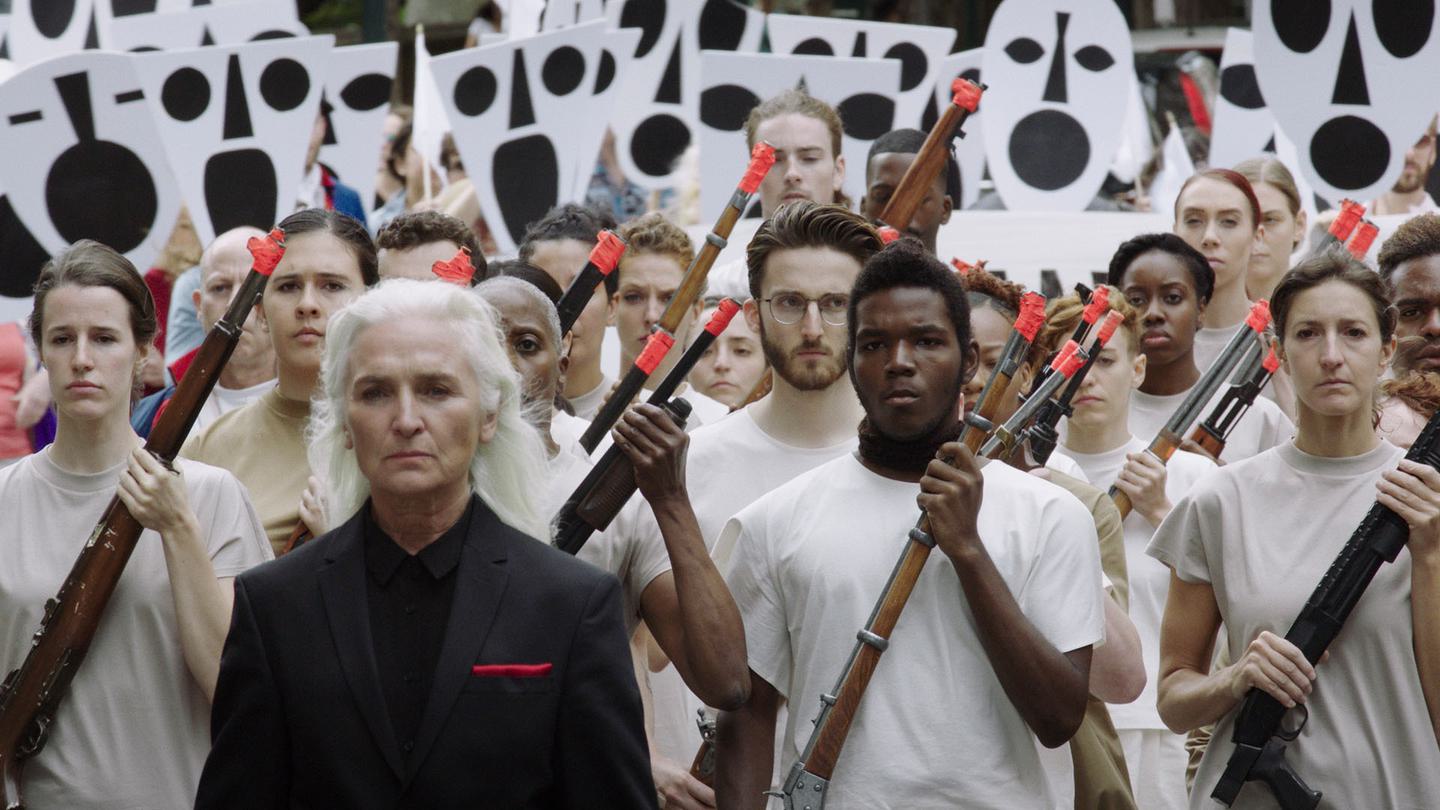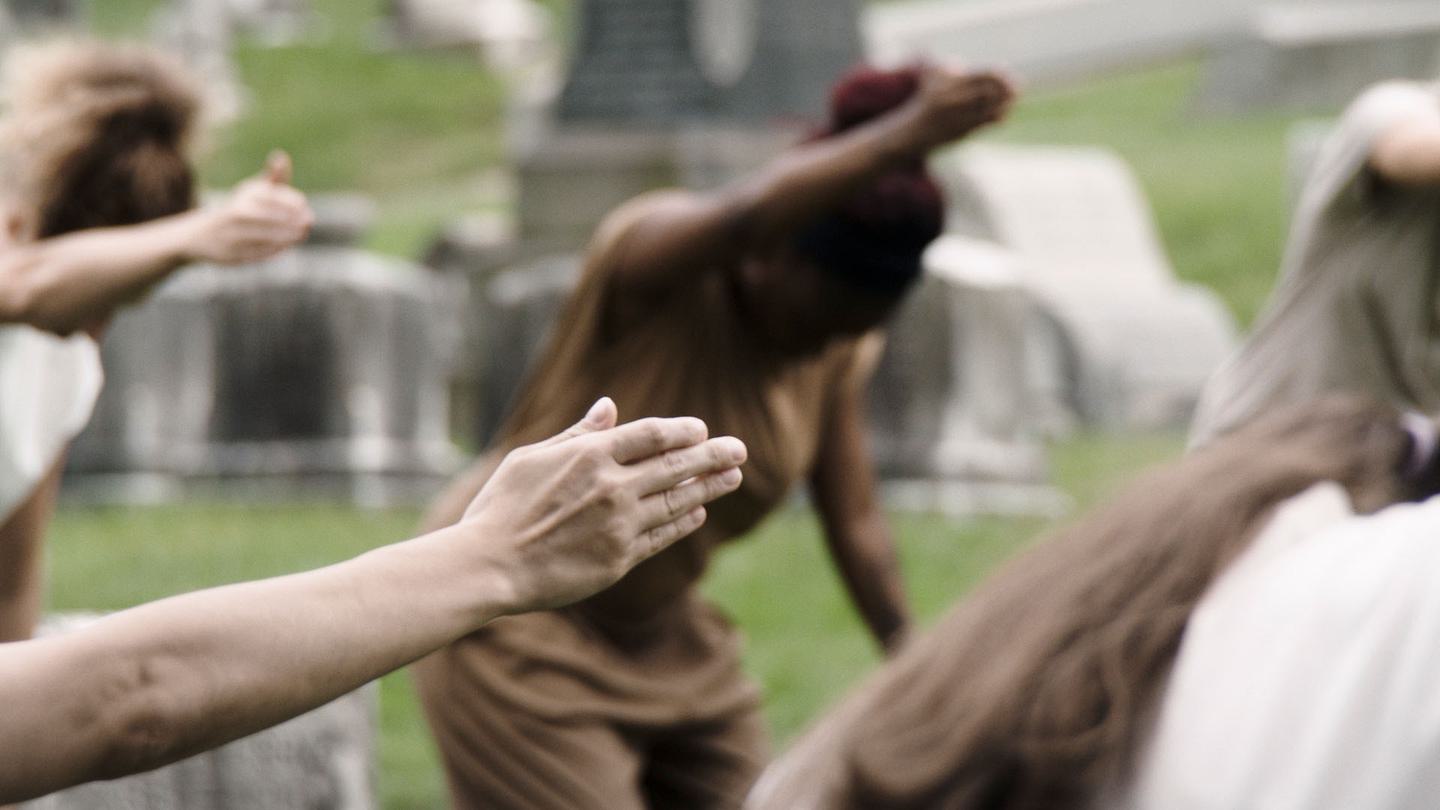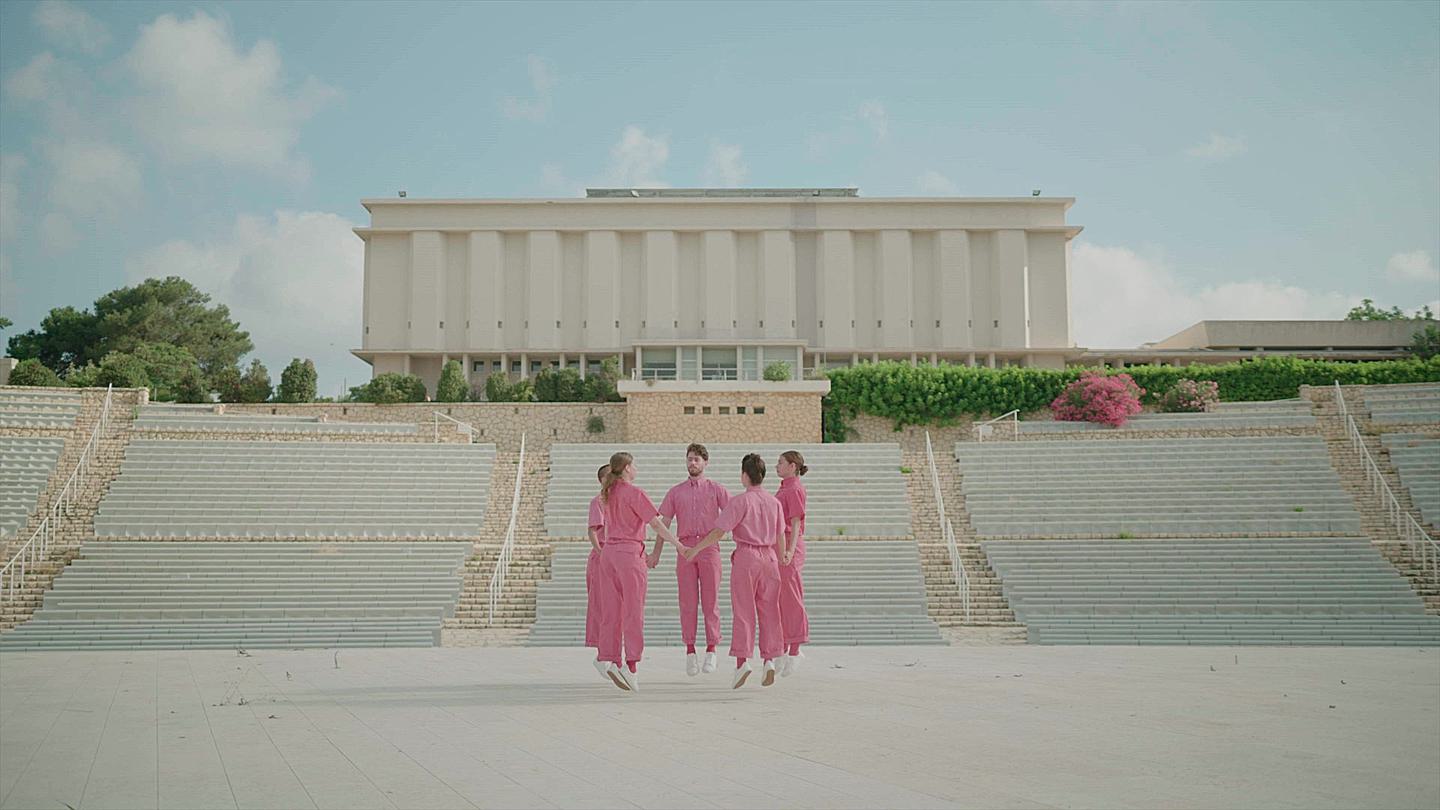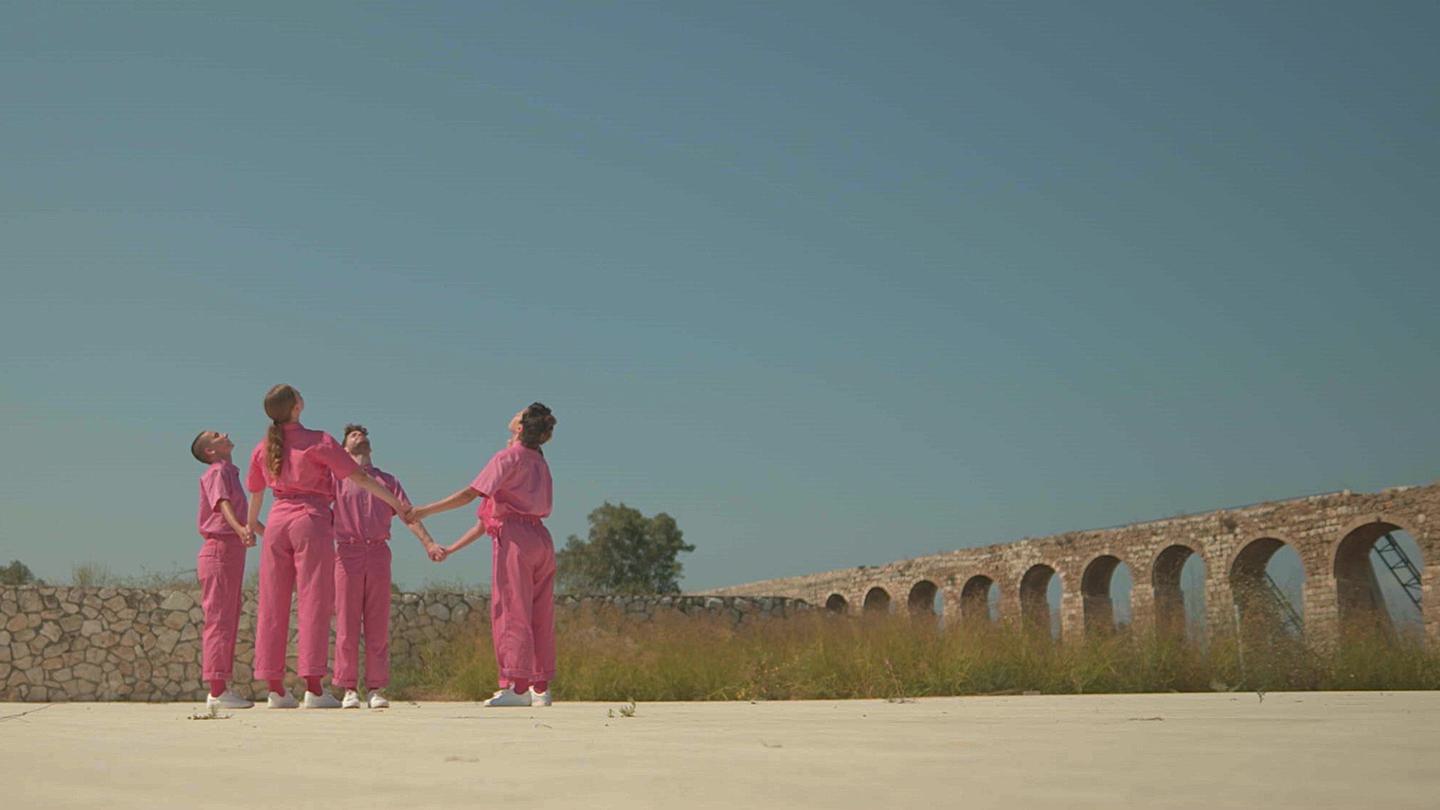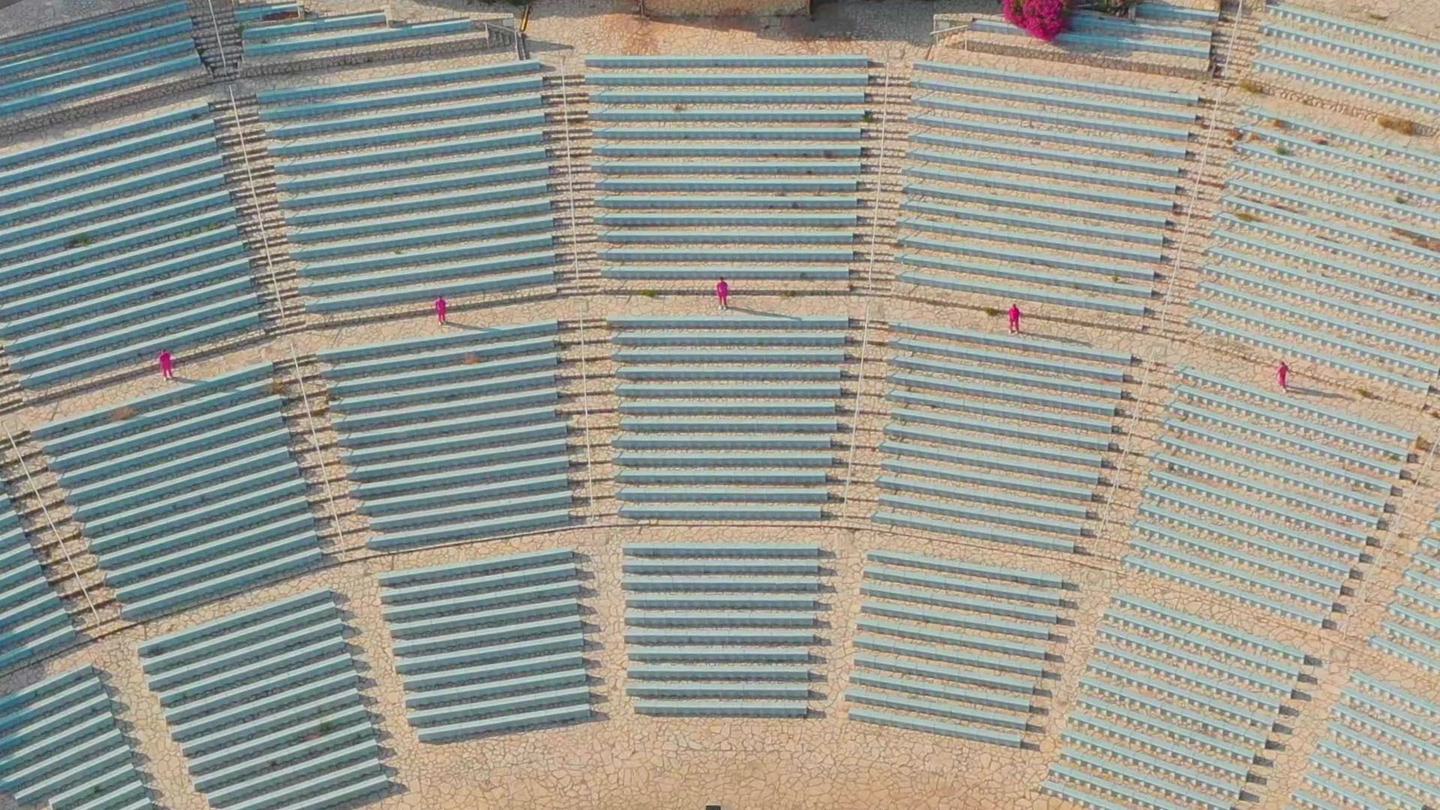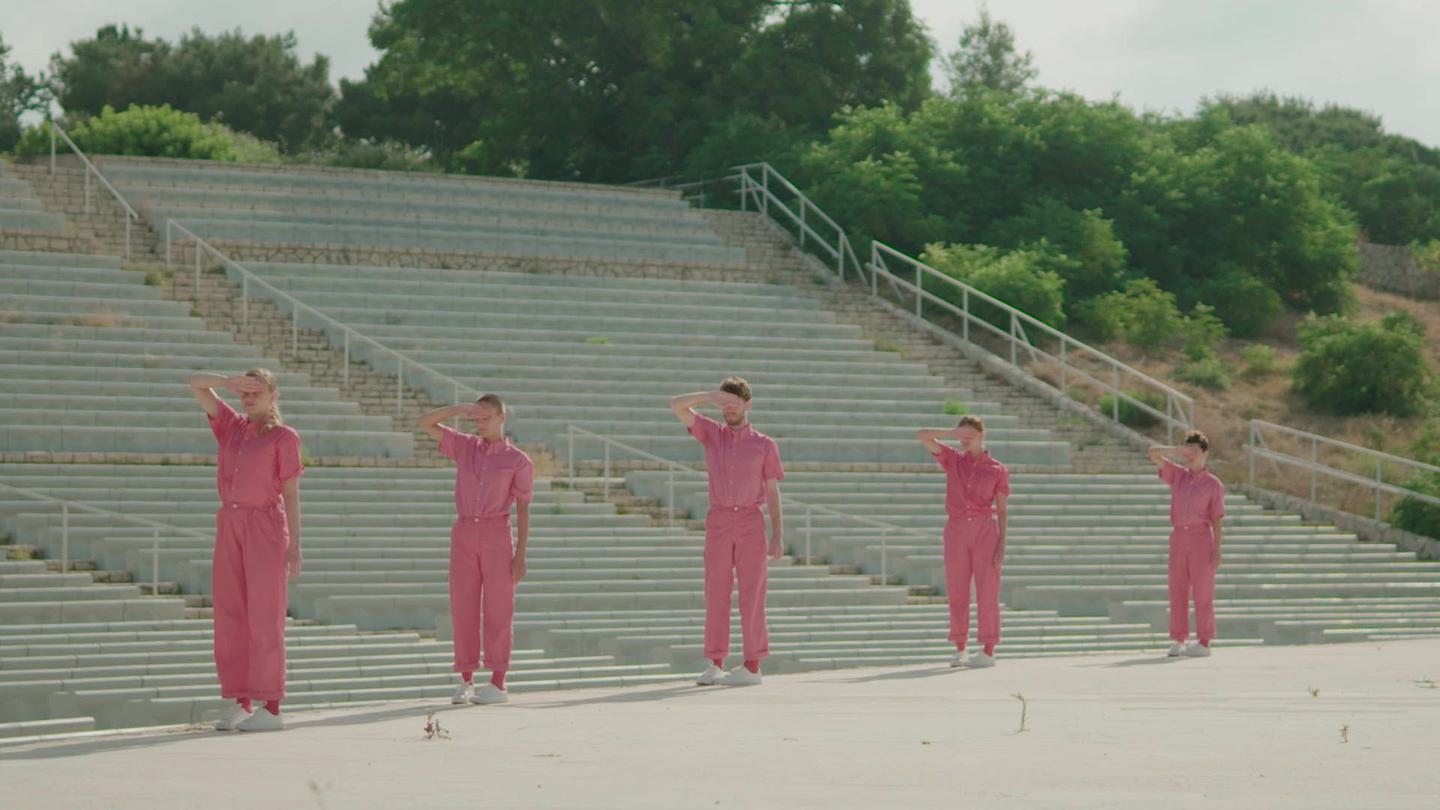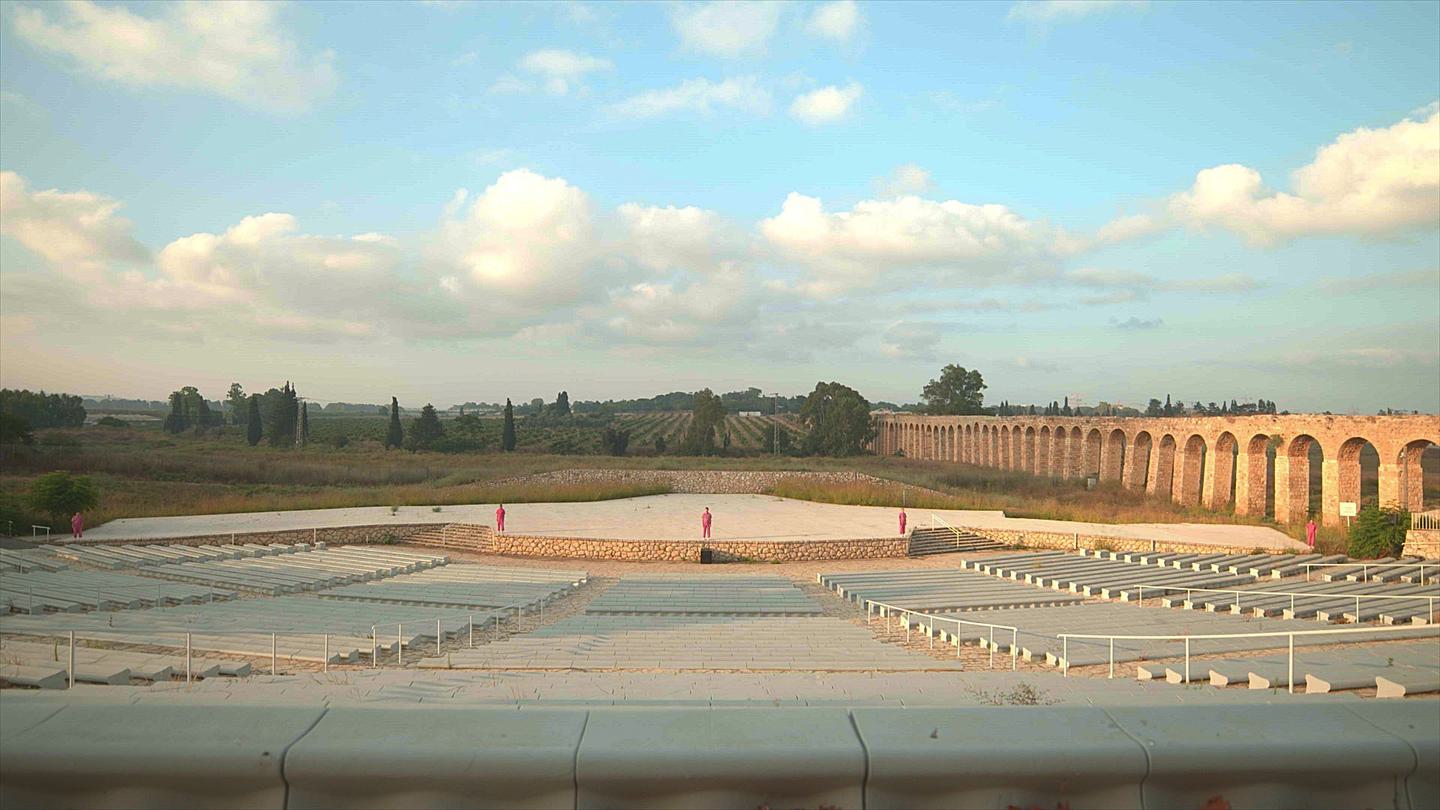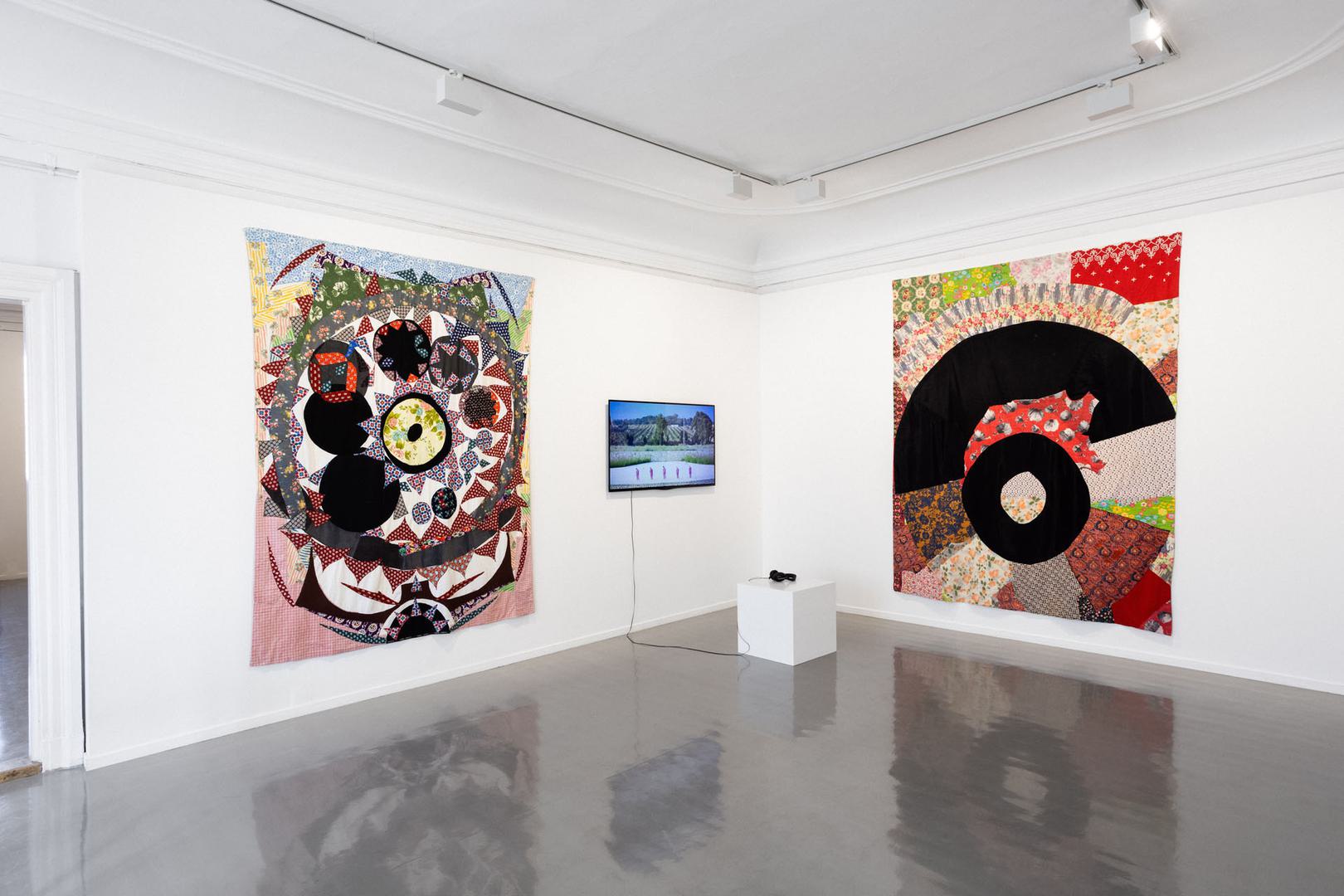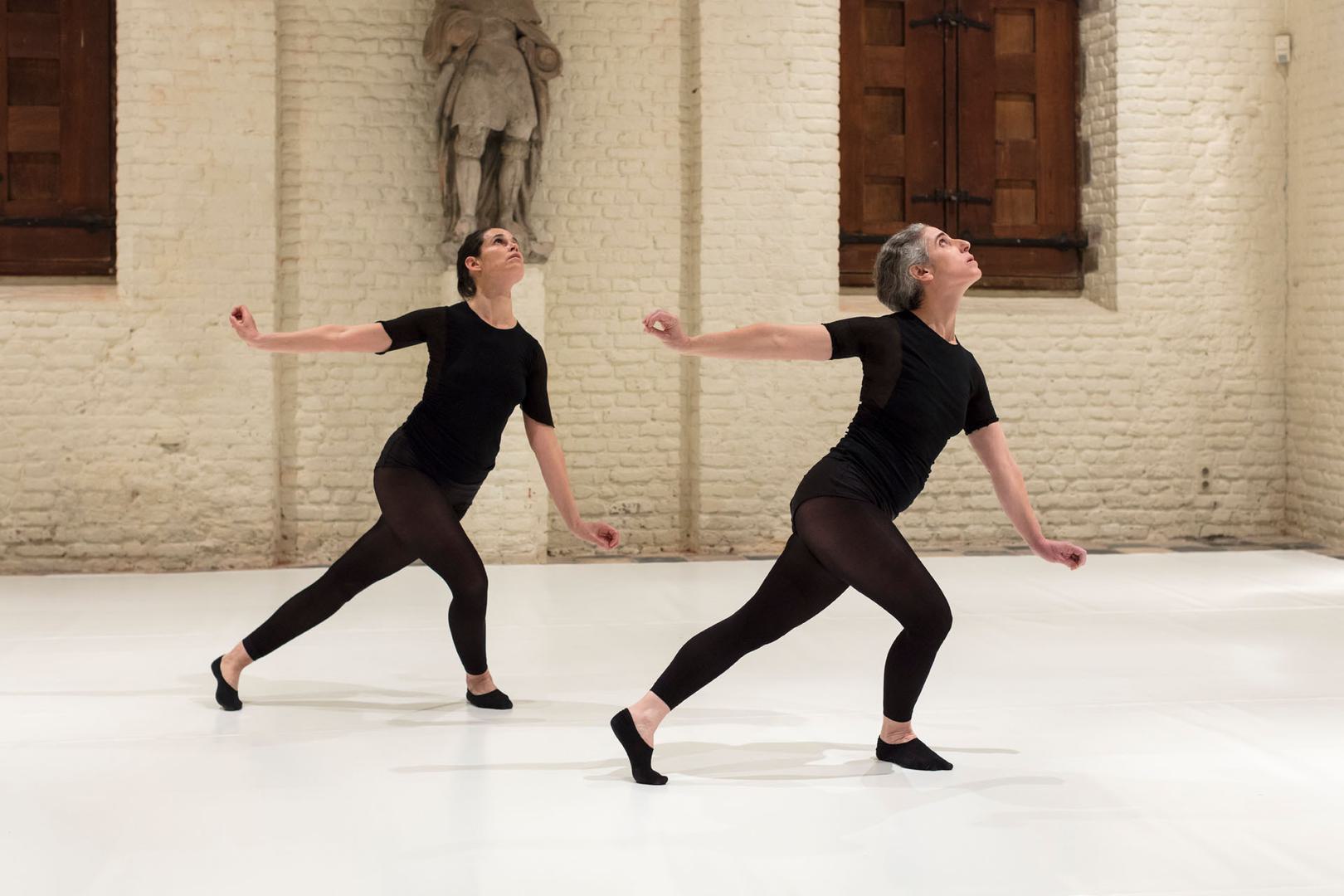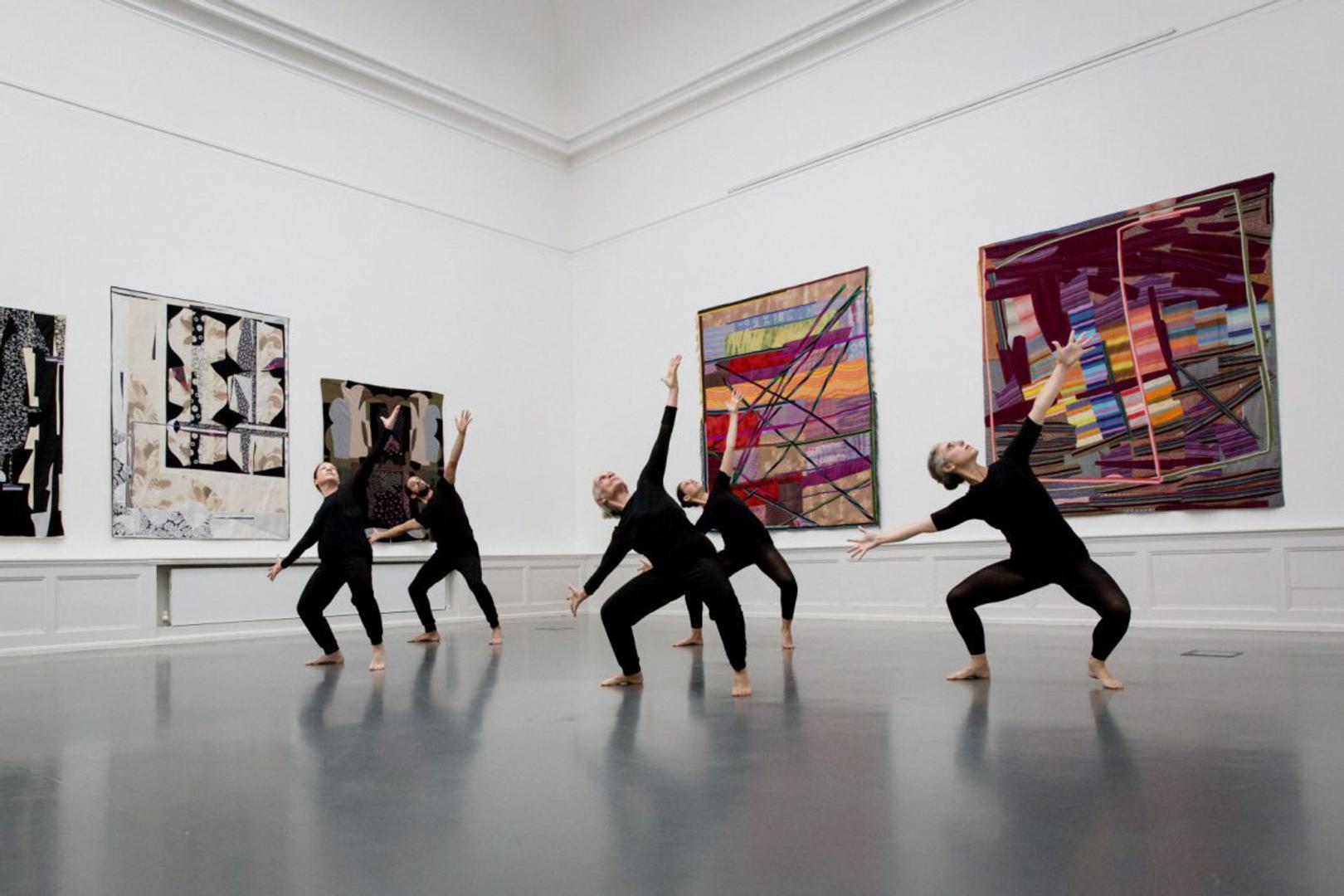Noa Eshkol
Rules, Theory & Passion
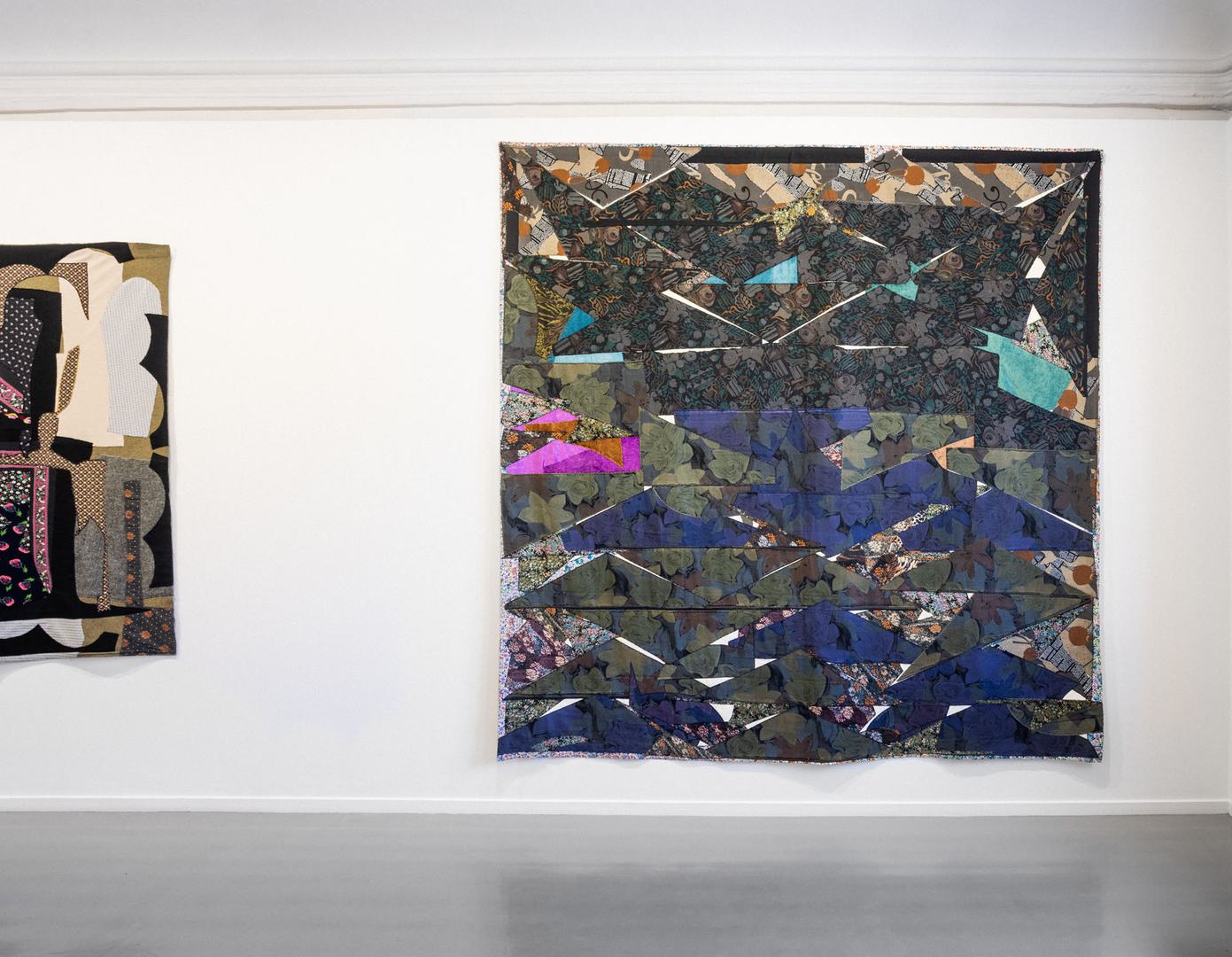
Noa Eshkol, Rules, Theory & Passion, 2021. Photo: Julie Hrnčířová
Noa Eshkol: Rules, Theory & Passion is the first major retrospective of Noa Eshkol (1924-2007) in the Nordic countries. The exhibition covers Noa Eshkol’s entire life and oeuvre; her wealth of research, theory development, studies into language comprehension, textile art and movement notation. The exhibition also includes works by contemporary artists inspired by Eshkol’s practice; Yael Bartana, Sharon Lockhart og Omer Krieger.
Noa Eshkol began her professional career in the 1950s as a dancer, choreographer and theorist. In 1954, she founded The Chamber Dance Quartet in Holon, outside Tel Aviv, Israel. In her quest to precisely capture and analyze movement of the body, she created the notation system Eshkol-Wachman Movement Notation (EWMN) together with her pupil, the architect to be Avraham Wachman. The ground-breaking system, like music notation, is used for both documenting and communicating. But rather than capturing musical tone and rhythm it represents physical movement. The system could be used beyond dance, as a common notation device in zoology, psychology, neurology and medicine.
The exhibition presents extensive material from The Noa Eshkol Archive, including original EWMN illustrations, documentary films and photographs of the chamber dance group, and Eshkol's own notebooks. All in all, we are given insight into the inter-disciplinary practice of an artist so strikingly singular and ahead of her time as to only now be able to meet the audience with the totality of her interests and output.
Noa Eshkol's chamber dance group developed a collaborative process by both living and working together. In the early 1970s, Eshkol began creating textile works that she called wall carpets, assembled from offcuts and rags. Noa Eshkol set a rule that no pieces of cloth were to be cut or modified; instead she composed images based on given shapes. Her textile works, like her dance pieces, were the result of collaboration – the chamber dance group embroidered the pieces of fabric arranged by Noa Eshkol.
In recent years, Eshkol’s colourful wall carpets have gained attention. Noa Eshkol: Rules, Theory & Passion brings together a large number of rarely shown works from the 1970s to the 1990s, inspired by folk tales, literature, the work of other artists, geometry, still lifes and landscapes.
“At first, the work had no explanation or ideology. It began as a personal need to do something, nothing that involved intellectual considerations. (…) There were no rules, no theory - just passion.”
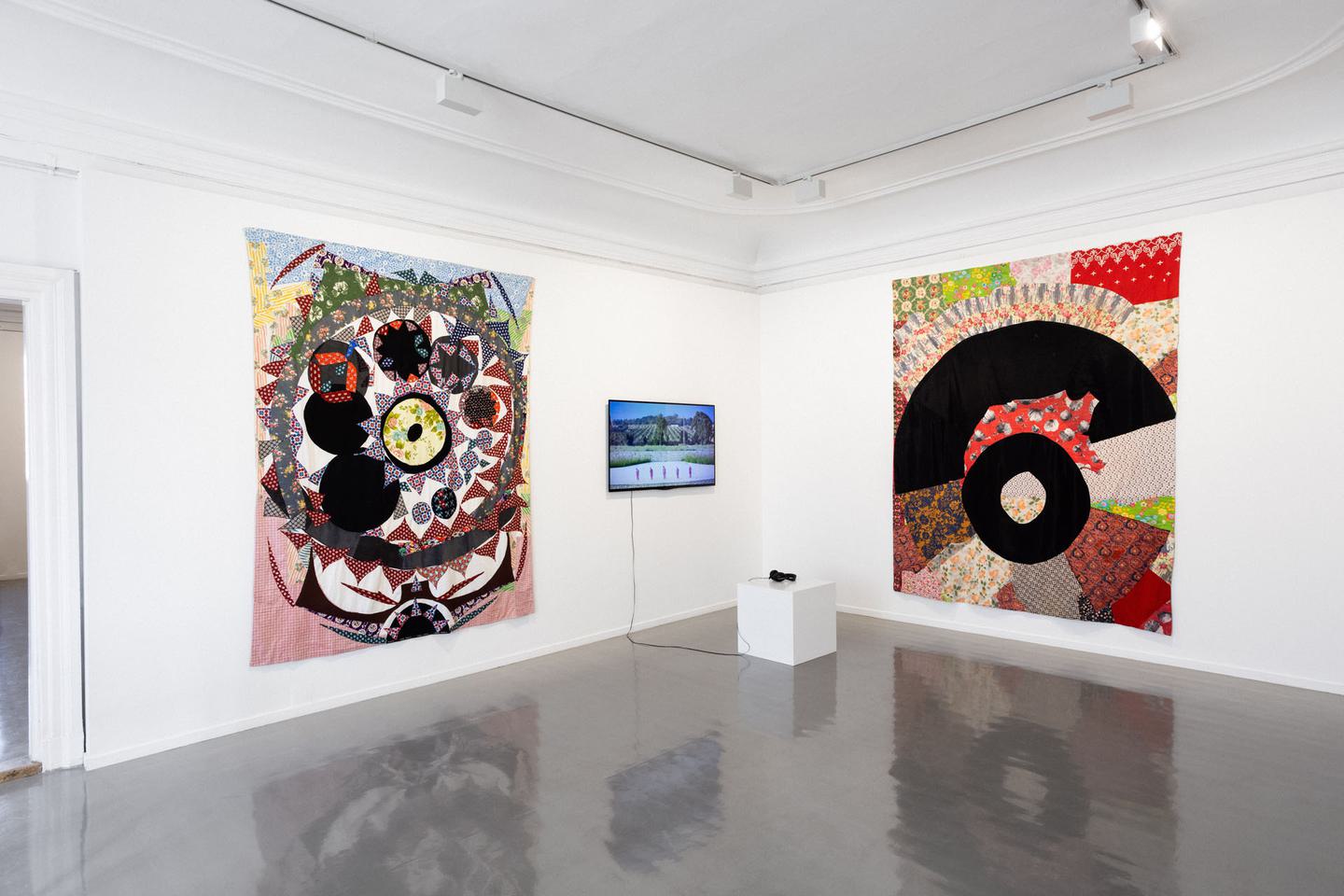
Noa Eshkol, Rules, Theory & Passion, 2021. Photo: Julie Hrnčířová
In Noa Eshkol’s dance practice, the rules and theory were integral, however this seemingly rigid discipline gave a frame for the expression of passion, desire and pure creativity, as evidenced by the sheer range of the material exhibited.
In recent years Noa Eshkol's research and art have attracted increased attention. In 2008, the American artist Sharon Lockhart encountered The Noa Eshkol Archive during an artist residency in Israel. This led to the exhibition Sharon Lockhart | Noa Eshkol shown at the Israel Museum in Jerusalem and the CCA, Tel Aviv, the Los Angeles County Museum of Art (LACMA), the Jewish Museum in New York and the Thyssen-Bornemisza Art Contemporary - Augarten in Vienna between 2012-2013.
Noa Eshkol: Rules, Theory & Passion is produced by Oslo Kunstforening, Norrköping Art Museum and Jewish Culture in Sweden, with additional support from Artis. The exhibition is curated by Marianne Hultman and Helena Scragg. Program curator is Lizzie Oved Scheja. The exhibition will be shown at Norrköping Art Museum between March 26 - October 2, 2022. The Noa Eshkol Foundation for Movement Notation, Holon and Galerie neugerriemschneider Berlin are partners and lenders. In addition, Oslo Kunstforening collaborates with the Ultima Festival 2021 and Norrköping Art Museum collaborates with Dans i Öst, Region Östergötland on a contemporary dance program in the summer of 2022.
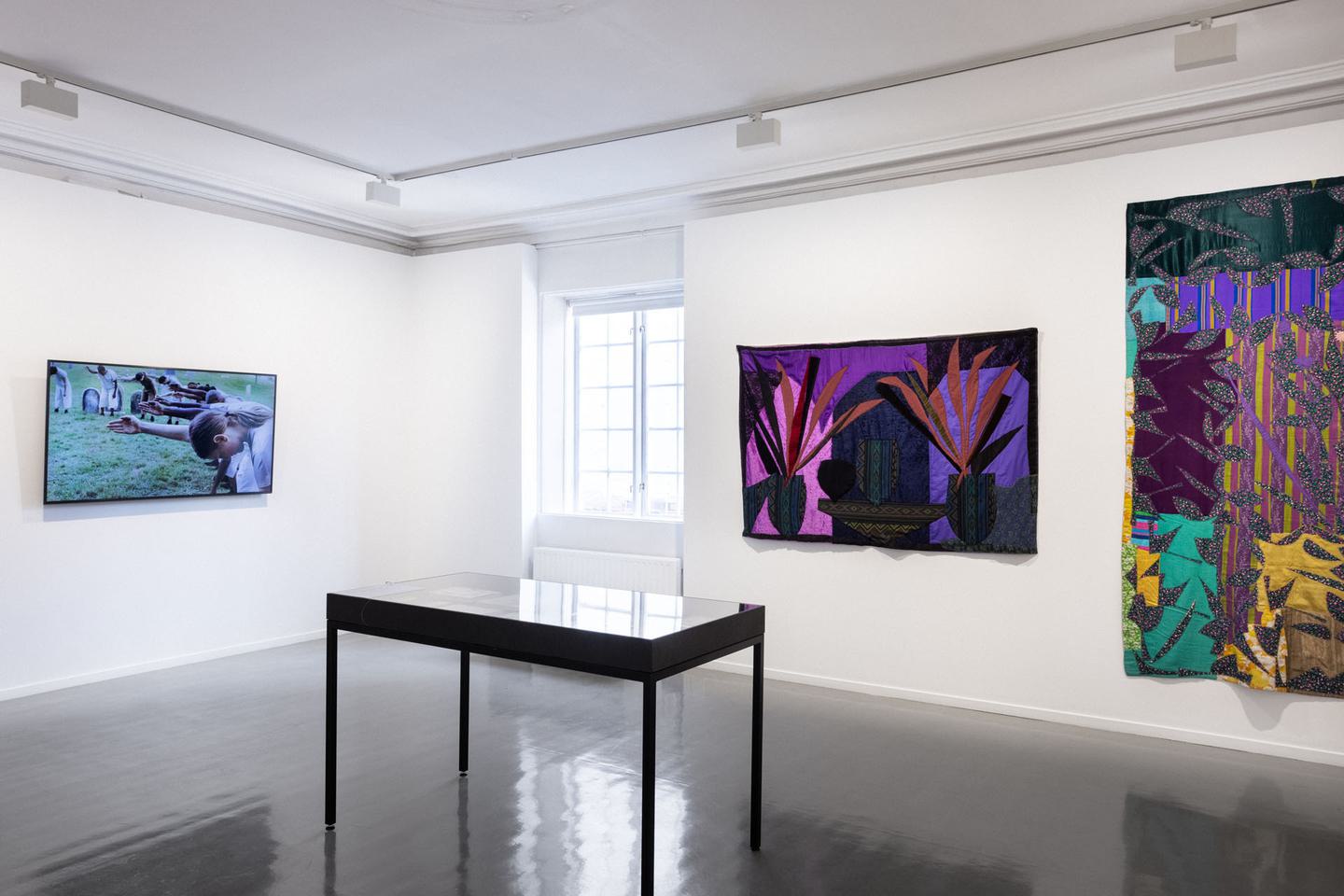
Noa Eshkol, Rules, Theory & Passion, 2021. Photo: Julie Hrnčířová
About Noa Eshkol
After taking piano lessons as a child, Noa Eshkol enrolled in the Tilha Rössler dance school in Tel Aviv in 1943. There, as a nineteen-year-old, she came into contact with Labanotation for the first time, a system for movement notation created by the dancer, choreographer and theorist Rudolf Laban. Inspired by this, Eshkol went to Manchester to study under Laban at the Art of Movement Studio. While in the UK, she also studied at the Sigurd Leeder School of Modern Dance in London. In 1951, Eshkol returned to Israel and three years later founded her own chamber dance group.
Music was the basis of Eshcol's work; she referred to herself as a composer and many of her pieces have titles such as Suite or Etude. Her choreographies are reminiscent of music wherein each limb of each dancer can be likened to an instrument in an orchestra. Just as orchestral music is notated, Eshkol wanted to establish a universal notation system for movement, so that the movement could be precisely repeated. The Eshkol-Wachman Movement Notation (EWMN), created in collaboration with the architect Avraham Wachman, was published in London in 1958.
In 1968, Eshkol founded the Movement Notation Society in Israel. Four years later she founded and headed the Research Center of Movement Notation at the Faculty of Visual and Performing Arts at Tel Aviv University. In 1984, she organized the first International Congress for Movement Notation.
In the Nordic countries, a limited selection of her work has been shown at the Design Museum Denmark in 1981 and in a group exhibition at CF Hill in Stockholm in 2019. Sharon Lockhart participated in the 2013 group exhibition Body Language at Bonniers Konsthall in Stockholm. There she showed her own work based on Noa Eshkol's art. Internationally, Noa Eshkol's work has attracted attention in both solo and group exhibitions at the the Sydney Biennale and the Badsischer Kunstverein in Karlsruhe both in 2016 and at the Van Abbemuseum in Eindhoven 2019.
The Undertaker
The film chronicles an enigmatic leader and her armed followers during a choreographed procession and burial of weapons. Philadelphia, the birthplace of American democracy, plays a prominent role as this group of dancers, war veterans, and activists from a variety of local communities moves across the city’s charged historical landscape. Their procession and slow, deliberate gestures are grounded in the movements of Israeli dance composer Noa Eshkol (1924–2007), particularly her 1953 ceremonial performance in remembrance of the Holocaust. Rather than a memorial to the dead, Bartana’s symbolic burial is a monument for the living, an invitation to consider our bodies as both carriers of trauma as well as vehicles for hope and resistance.
Yael Bartana (born Israel, 1970) observes, documents, breaks down, and reinvents public rituals, ceremonies, and social practices intended for collective group identity. Her art provokes an activist viewing – asking visitors to engage in the political act of reflecting on one’s own responsibility in society.
In her films, installations, photographs, staged performances and public monuments Yael Bartana investigates subjects like national identity, trauma, and displacement, often through ceremonies, memorials, public rituals and collective gatherings.
Her work has been exhibited worldwide, and is represented in the collections of many museums, including the Museum of Modern Art, New York; the Tate Modern, London; and the Centre Pompidou, Paris. She currently lives and works in Berlin and Amsterdam.
Selection of Solo Exhibitions: Fondazione Modena Arti Visive (2019/2020); Philadelphia Museum of Art (2018); Stedelijk Museum, Amsterdam (2015); Secession, Vienna (2012); Tel Aviv Museum of Art (2012); Moderna Museet, Malmö (2010); MoMA PS1, NY (2008). Selection of Group Exhibitions: São Paulo Biennial (2014, 2010, 2006); Berlin Biennial (2012); documenta 12 (2007); Istanbul Biennial (2005), Manifesta 4 (2002). She won the Artes Mundi 4 Prize (2010) and the trilogy And Europe Will Be Stunned was ranked as the 9th most important art work of the 21th century by the Guardian newspaper (2019).
The Undertaker, 2019
One channel video and sound installation, 13 minutes
Courtesy of Annet Gelink Gallery, Amsterdam; Sommer Contemporary Art, Tel Aviv, and Petzel Gallery, New York
Amphi
Amphi is a documentation of a performance for an open theater, based on a work by Noa Eshkol (1924-2007). In 1953, Eshkol was commissioned by the Culture Department of the United Kibbutz Movement to compose a dance for a memorial ceremony marking the 10th memorial of the Warsaw Ghetto Uprising, which was held in an open space near the Ottoman aqueduct in Kibbutz Lohamei Hageta’ot [Ghetto Fighters]. Performed by Eshkol’s ensemble of dancers together with dozens of high school students under Eshkol’s instruction, the work was scored with accompaniment by Herbert Brün.
Amphi (1953/2020) speculatively recreates Eshkol’s work, near the site at which it originally took place. Eshkol’s performance was performed only once and documentation of both the performance and the music has been lost. On the basis of the sole remaining 4 minutes of silent film footage, a 40-minute work was composed. The reconstruction of Eshkol’s 1953 choreography was done by Ruti Sela and Mor Bashan, of the Noa Eshkol Foundation for Movement Notation. All the movement information gathered from the historic film was transcribed by Ruti Sela using the Eshkol-Wachman Movement Notation (EWMN).
The work was performed and recorded in 2020 at the Amphitheatre of the Ghetto Fighters’ House Museum, designed by the architect Shmuel Bickels.
Omer Krieger is an artist who composes performative actions, political situations, forms of assembly and civic choreographies in public spaces. Krieger studies the public experience, the common behavior, and the performance of the state, and is interested in the relations between art, citizenship, politics, and action. Co-founder and leader (2006-11) of the performative research body Public Movement, Krieger served as artistic director of Under the Mountain: New Public Art Festival, in Jerusalem (2011-15). Krieger stages actions in Israel and internationally, in collaboration with institutions in the fields of art, theatre, dance, education and government. In 2017 he translated to Hebrew Stephen Wright’s Toward a Lexicon of Usership, and since 2018 he is the founding artistic director of 1:1 - Center for Art and Politics in Tel-Aviv.
Amphi (Lohamei Hageta’ot), 2020
Based on a work by Noa Eshkol for the memorial ceremony Decade (1953).
Site: The Amphitheatre at the Ghetto Fighters' Museum, Israel.
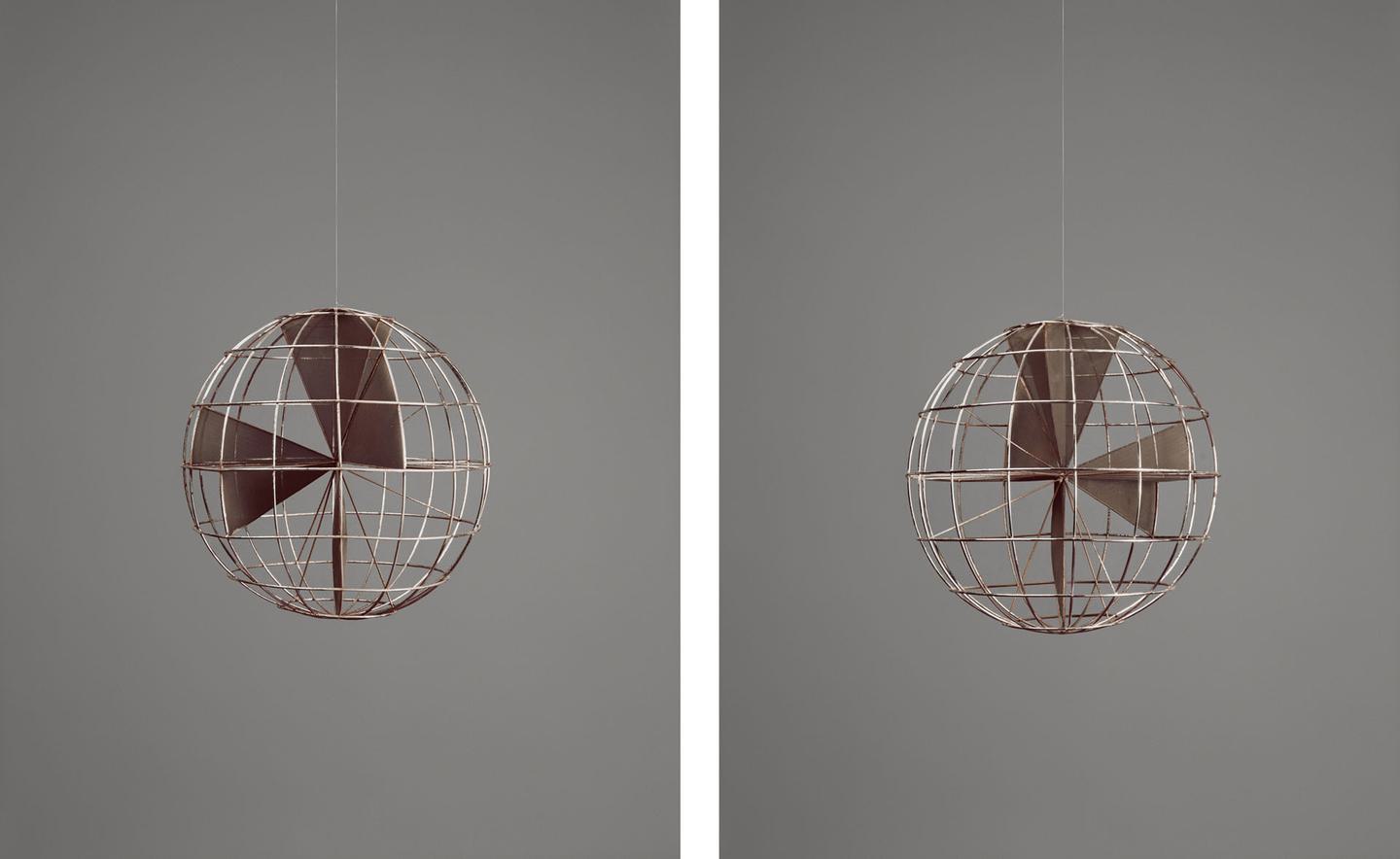
Sharon Lockhart, Models of Orbits in the System of Reference, Eshkol-Wachman Movement Notation System: Sphere Four at Two Points in Its Rotation, 2011
Models of Orbits in the System of Reference, Eshkol-Wachman Movement Notation System
The subject matter of this multifarious project by Sharon Lockhart is the work of Israeli choreographer Noa Eshkol. Eshkol worked in collaboration with Abraham Wachman in 1958 to develop the Eshkol- Wachman Movement Notation System, a written language describing human and animal locomotion.
The system establishes that the three-dimensional movement of any limb around its joint is a sphere, and that this circular movement can be described as either rotary, conical or planar. In order to illustrate this concept, Eshkol and Wachman built spherical models out of wire and mesh that represent different patterns of movement.
In Lockhart’s series of photographs depicting these models, each sphere describes a set of movements, with the center representing the joint around which the limb moves, and the outside representing the extremity of the limb (a finger, a toe, or top of a head). To capture the intricate, perspective-based nature of these spheres, Lockhart photographed each model spinning around its longitudinal axis.
Sharon Lockhart (b. 1964 in Norwood, US) is an American artist living and working in Los Angeles. Educated at Art Center College of Design in Pasadena, CA and the San Francisco Art Institute, Lockhart teaches at CalArts in Southern California. Working with communities to make films, photographs, and installations that are both visually compelling and socially engaged, Lockhart’s practice involves collaborations that unfold over extended periods of time. Her practice often involves architectural elements, extensive periods of research, and longterm relationships with her subjects and collaborators.
Selected solo exhibitions of Sharon Lockhart’s work include Fondazione Fotografia Modena (2018); the Polish Pavilion at the 57th Venice Biennale (2017); Kunstmuseum Luzern (2015); Bonniers Konsthall, Stockholm, (2014); Ujazdowski Castle Center for Contemporary Art, Warsaw (2013); EACC Espai d’Art Contemporani de Castelló, Castellón de la Plana, Spain (2012); LACMA, Los Angeles County Museum of Art, Los Angeles (2012); Kunstverein Hamburg, Germany (2008); Museum of Contemporary Art, Chicago (2001); and MAK – Österreichisches Museum für angewandte Kunst, Vienna (2000). Her works have been presented in biennials including the Shanghai Biennale (2014); the Liverpool Biennial (2014), and the Whitney Biennial (1997, 2000, 2004).
